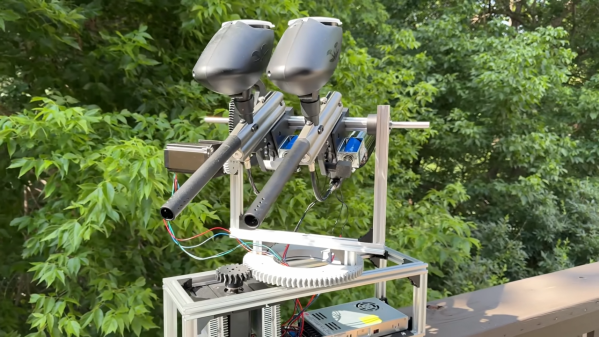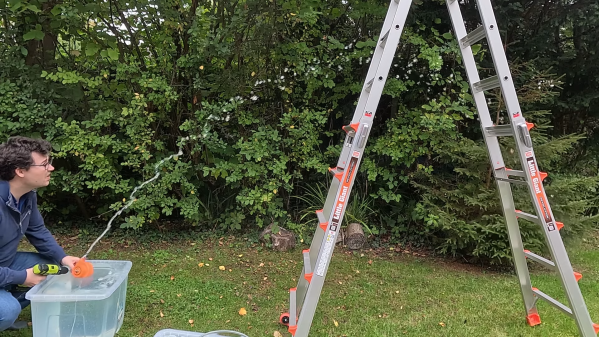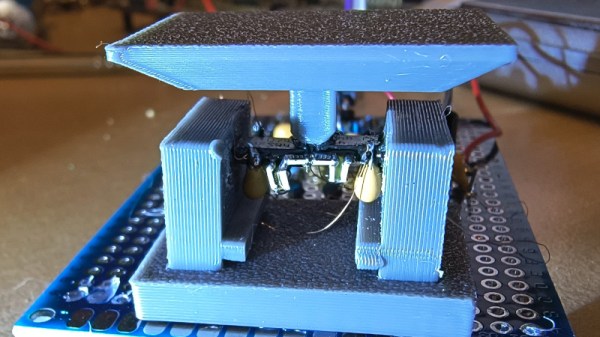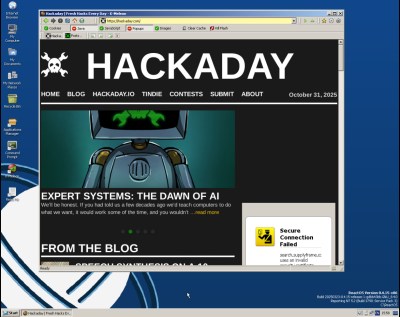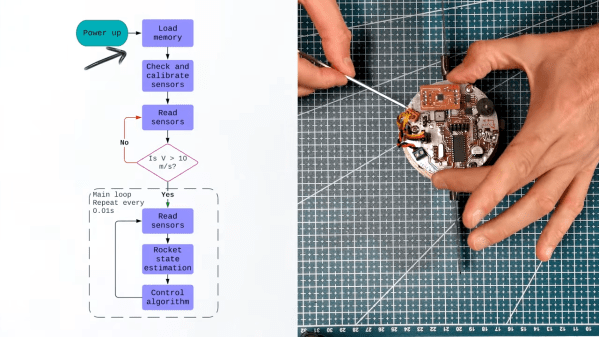The iconic X-wing ship design from Star Wars is something many a hobbyist have tried to recreate, and not always with success. While [German engineer] succeeded in re-imagining an FPV quadcopter as an X-wing fighter, the process also highlighted why there have been more failures than successes when it comes to DIY X-wing aircraft.
For one thing, the X-wing shape is not particularly aerodynamic. It doesn’t make a very good airplane. Quadcopters on the other hand rely entirely on precise motor control to defy gravity in a controlled way. It occurred to [German engineer] that if one tilts their head just so, an X-wing fighter bears a passing resemblance to a rocket-style quadcopter layout, so he set out to CAD up a workable design.

One idea that seemed ideal but ultimately didn’t work was using four EDF (electric ducted fan) motors mounted in the same locations as the four cylindrical engines on an X-wing. Motors large enough to fly simply wouldn’t fit without ruining the whole look. A workable alternative ended up being the four props and brushless motors mounted on the ends of the wings, like you see here.
The unit still needed a lot of fine tuning to get to a properly workable state, but it got there. It takes off and lands vertically, like a classical quadcopter, but when flying at speed it levels out almost completely and looks just like an X-wing as it screams by. It’s in sharp contrast to the slow, methodical movements of this Imperial Shuttle drone.
There are also a couple design elements in [German engineer]’s build we thought were notable. The spring-loaded battery door (all 3D-printed, including the spring) looks handy and keeps the lines of the aircraft clean. And since it’s intended to be flown as an FPV (first person view) aircraft, the tilting camera mount in the nose swings the camera 90 degrees during takeoff and landing to make things a little easier on the pilot.
3D models for the frame (along with a parts list) are up for anyone who wants to give it a shot. Check it out in the video, embedded below.
Continue reading “X-wing Aircraft Are Trickier Than They Look”



